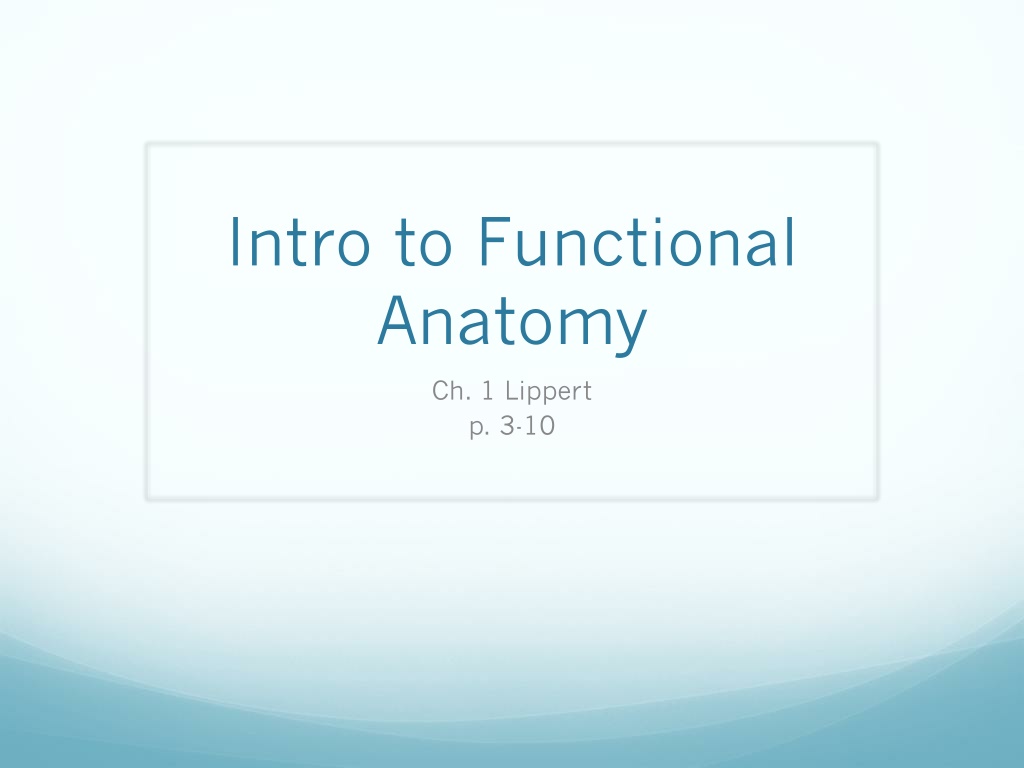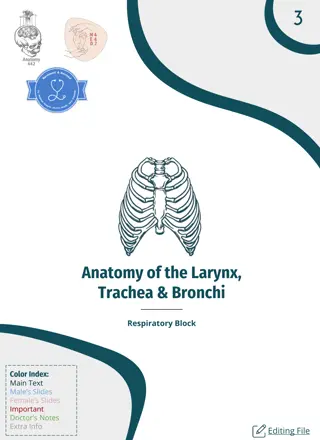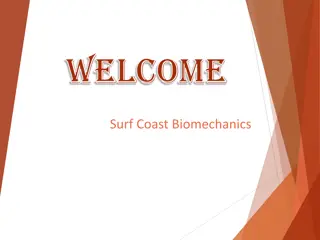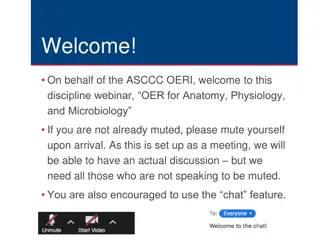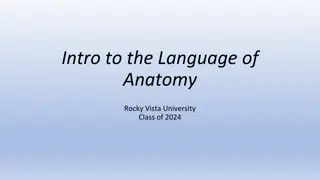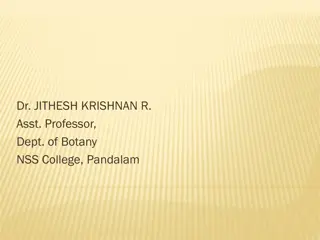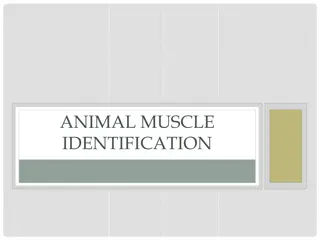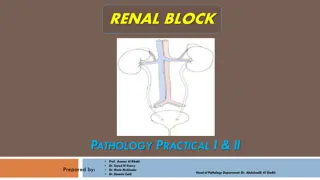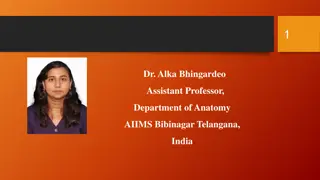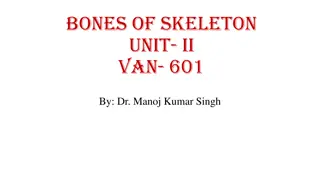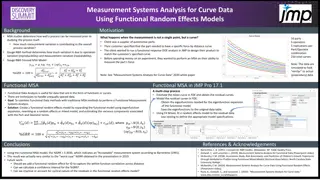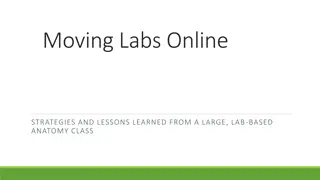Functional Anatomy Fundamentals
Terminology in kinesiology, biomechanics, and human movement is explored in this introductory chapter. Learn about descriptive anatomical positions, body segments, types of motions, and much more. Visual aids enhance understanding of concepts discussed.
Uploaded on Mar 04, 2025 | 0 Views
Download Presentation

Please find below an Image/Link to download the presentation.
The content on the website is provided AS IS for your information and personal use only. It may not be sold, licensed, or shared on other websites without obtaining consent from the author.If you encounter any issues during the download, it is possible that the publisher has removed the file from their server.
You are allowed to download the files provided on this website for personal or commercial use, subject to the condition that they are used lawfully. All files are the property of their respective owners.
The content on the website is provided AS IS for your information and personal use only. It may not be sold, licensed, or shared on other websites without obtaining consent from the author.
E N D
Presentation Transcript
Intro to Functional Anatomy Ch. 1 Lippert p. 3-10
Terminology Kinesiology Study of movement Brings together anatomy, physiology, physics, and geometry and relates them to human movement Utilizes principles of mechanics, musculoskeletal anatomy and neuromuscular physiology Biomechanics Mechanical principles that relate directly to the human body Static (non-moving) Dynamic (moving) Kinetics Kinematics
Dynamic Systems (Moving) Kinetics Forces causing movement Kinematics Time, space, and mass aspects of a moving system **will discuss more later in Ch. 8**
Descriptive Terminology Anatomical Position Standing in an upright position, eyes facing forward, feet parallel and close together, arms at the sides of the body with the palms facing forward
Fundamental Position Same as anatomical Except palms face the sides of the body
Descriptive Terminology Medial/Lateral Anterior/Posterior Ventral/Dorsal Distal/Proximal Superior/Inferior Cranial/Caudal Superficial/Deep Supine/Prone Bilateral/Contralateral/Ipsilateral
Segments of the Body Upper Extremity Arm Forearm Hand Trunk Thorax Abdomen Neck Lower Extremity Thigh Leg Food Head
Types of Motions Linear Motion Translatory motion More or less a straight line from one location to another
Linear Motions Rectilinear motion Object moves along a straight line Curvilinear motion Movement occurs in a curved path that isn t necessarily circular
Angular Motions Movement of an object around a fixed point Rotary motions All the parts of the object move through the same angle, in the same direction, and at the same time They do not move the same distance
Combined Motions Use both throughout the day Entire objects moving in linear fashion Individual parts moving in angular fashion I.E. Skateboarder Walking Throwing a ball Movement within the body: Angular Movement outside the body: Linear
Joint Movements Osteokinematics Movement of bones around a joint axis Humerus moving on scapula Arthrokinematics Joint surface movement Humeral head moving on glenoid fossa
Flexion Bending movement of one bone on another Decrease in joint angle Extension Straightening movement of one bone away from another Increase in joint angle Hyperextension Continuation of extension beyond anatomical position
Palmar Flexion Flexion at wrist Plantar Flexion Flexion at ankle Dorsiflexion Extension at wrist and ankle joints Abduction Movement away from the body/midline Abd = A Boy Dog Adduction Movement toward the body/midline
Horizontal abduction Preceded by flexion or abduction of shoulder Shoulder movement backwards Horizontal adduction Shoulder movement forwards Radial Deviation Hand moves laterally Toward thumb side Ulnar Deviation Hand moves medially Toward pinkie side
Lateral bending Trunk moves sideways Neck moves sideways Circumduction Circular, cone-shaped pattern 4 joint motions Flexion, Abduction, Extension, Adduction
Rotation Medial (internal) Anterior surfaces rolls inward toward midline Lateral (external) Anterior surfaces rolls outward away from midline Supination Palm facing forward Turning palms upward Pronation Palm facing backward Turning palms down
Motions specific to certain joints Inversion Sole of foot inward at the ankle Eversion Sole of foot outward at the ankle Protraction Linear movement along a plane parallel to the ground and away from midline Retraction Linear movement along a plane parallel to the ground and toward midline
